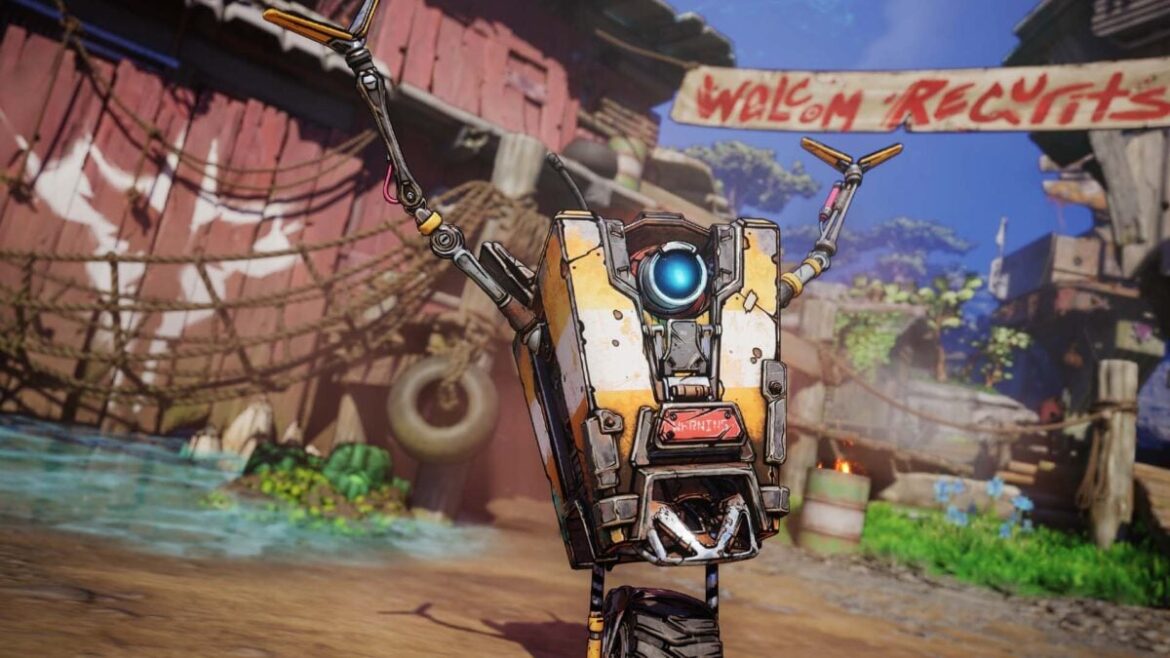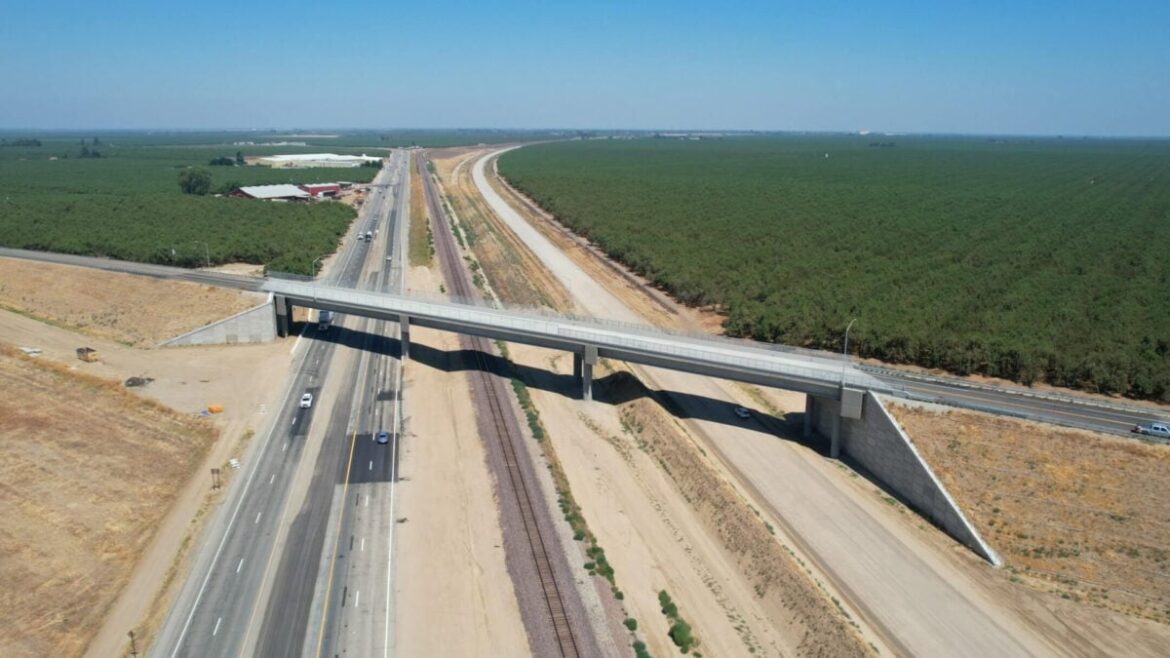Borderlands 4 launched last week to big numbers and mostly positive reviews on Steam. But there’s been a lot of chatter and debate online about the looter shooter’s performance. Some players aren’t happy that Borderlands 4 seemingly requires DLSS and frame generation to run decently, even on the highest-end hardware. Meanwhile, Gearbox co-founder and CEO Randy Pitchford has defended the game’s performance, calling it “pretty damn optimal,” and suggested people need to use the “tools” provided by the studio and accept some trade-offs.
On PC, many games can utilize real-time upscaling tech, like Nvidia’s DLSS and AMD’s FSR. Nvidia and others have also created tools that allow your GPU to fill in the gaps between real frames rendered by the game with frames generated using deep learning tech. When this kind of tech was first introduced about six years ago or so, players complained that DLSS and other tools made games look blurry, even if it led to some performance boosts. As DLSS and similar tech have improved, the images produced looked have better and better. Today, DLSS 4.0 can produce some truly sharp-looking frames and provide some big performance gains, assuming you have a powerful enough video card.
But some, myself included, have started to grow concerned that studios are building games around DLSS and other similar tech, and aren’t optimizing them in the way devs did in the past. When DLSS was introduced, it felt like a great tool for gamers who had a slightly older card but still wanted to play a newer game. It would let them squeeze out a bit more performance without shelling out for a pricey upgrade. Now it seems like newer games running on more advanced engines require users to turn on DLSS and frame gen to play. And so enters Borderlands 4, a game that has found itself at the center of this heated debate.
Shortly after Borderlands 4 launched, players on PC began to complain that the game didn’t run very well. Gearbox responded with some updates that, at least in my experience with the game on PC, helped a bit. The company also released a guide from Nvidia for how to optimize the game based on your GPU and settings. And while that helped some reach better performance on PC, many others, myself included, were struggling to get the game to run well on powerful hardware. I’m rocking a 5080, and even playing the game at 1080p on medium settings led to tons of FPS drops, even while trying to play at 60FPS. That all changed when I did as Gearbox and Nvidia suggest and turned on DLSS and frame gen. Now, I can run Borderlands 4 at a mostly locked 120 with most settings set to high and medium. It looks nice and plays fine, but many aren’t okay with a game in 2025 being unable to run on high-end hardware without some upscaling assistance.
Not helping matters is the fact that Randy Pitchford posted, as part of a recent and lengthy thread on Twitter, that people should use DLSS because it’s “great” and added: “The game was built to take advantage of it.” That, and a different part of the thread claiming it was acceptable for devs to focus on “default settings” reaching only 30FPS, didn’t go over well with a lot of PC gamers who specifically buy new parts and upgrade their rigs to achieve high framerates at high resolutions. For many, Pitchford’s claim that Borderlands 4 was developed to “take advantage” of DLSS was him confirming that it was built with the assumption that most users would use DLSS. And that, to some, sounds a lot like the game wasn’t properly optimized to run without help from DLSS and frame generation.
While I do agree that newer DLSS and frame gen tools are powerful and impressive, it feels weird that Borderlands 4, along with other games like Alan Wake 2, demand that even users with the highest-end hardware lean on upscaling tech to play at decent settings and historically popular framerates like 120. In a recent video, the tech experts over at Digital Foundry weren’t impressed with Borderlands 4 on PC, with one even saying: “[Borderlands 4] does seem to be running worse than usual for an Unreal Engine 5 game. It is below where it seems like it should be given how other games using this engine perform.”
Pitchford has promised on Twitter that more updates are coming, including some more improvements to how the game runs on PC. He’s also been spending a lot of time online helping people improve how Borderlands 4 runs and claiming that performance issues are not as widespread as some might make you believe. Personally, I just miss when games could run on a high-end computer packed with powerful hardware without needing four different upscaling tools. And it seems I’m not alone.


